> Main Business > Engineering > Plant Business > Laboratory Equipment
Laboratory Equipment
Elemental Analyzer
Elemental analysis is a process where a sample of some material is analyzed for its elemental and sometimes isotopic composition. Elemental analysis can be qualitative and it can be quantitative.
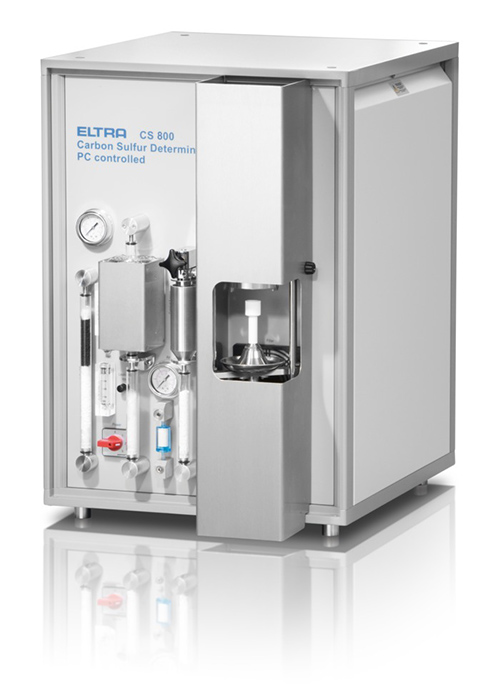
Features
- Simultaneous carbon, sulfur and hydrogen determination with minimal sample preparation
- Wide range of organic materials can be analyzed
- Rapid, precise, accurate and reliable element determination
Rapid Analysis
- CHN analysis: 6 min
- CHNS analysis: 8 min
- O2 analysis: 4 min (optional)
- The combustion gasses (CO2, H2O, SO2) coming from the furnace and first pass through a dust filter and then into the heated H2O infrared cell.
- Evaluation of the signals and display of the results are done automatically
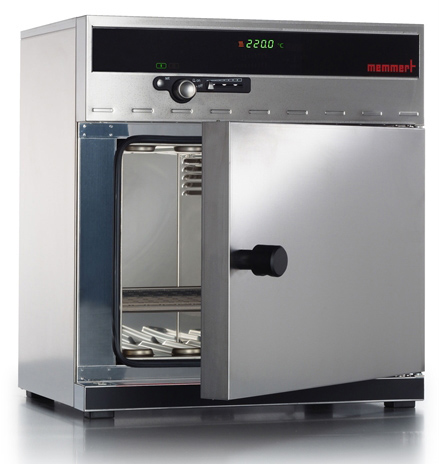
Drying Oven
Laboratory drying oven is an invaluable part of your daily workflow, enabling simple glassware drying to the most complex, controlled heating applications.
| Forced Convection | Gravity Convection | |
| Chamber Capacity | upto 300 l | upto 150 l |
| Heating Range | upto 250 ℃ | upto 230 ℃ |
| Dimensions(WxDxH mm) | 550 x 470 x 1180 | 550 x 475 x 600 |
| Weight(Kg) | 159 | 83 |

Gas Chromatography
Gas chromatography (GC) is a common type of chromatography used in analytical chemistry for separating and analyzing compounds that can be vaporized without decomposition.
| Detector | Detected compounds |
| uThermal conductivity detector (TCD) | All kind of compounds except carrier gas |
| Flame ionization detector (FID) | Organic compounds except formaldehyde and formic acid |
| Barrier discharge ionization detector (BID) | All kind of compounds except He and N |
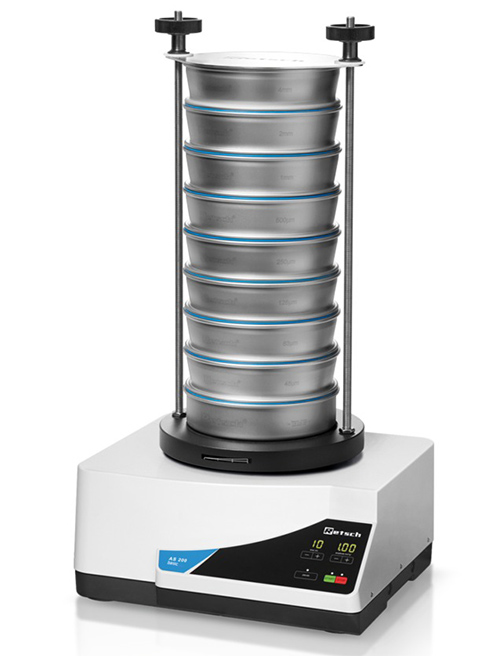
Sieve shaker
A device used to shake a stacked column of standard sieve-test trays to cause solids to sift progressively from the top to the bottom, according to particle size.
| Sieve size(mm) | 100 | 200 |
| sieve mesh size(㎛) | 25~125㎛ | 25~125㎛ |
| Max. Amplitude(mm) | 2 | 2 |
| Dimensions(WxDxH mm) | 400 x 310 x 95 | 400 x 310 x 95 |
| Weight(Kg) | 27 | 27 |
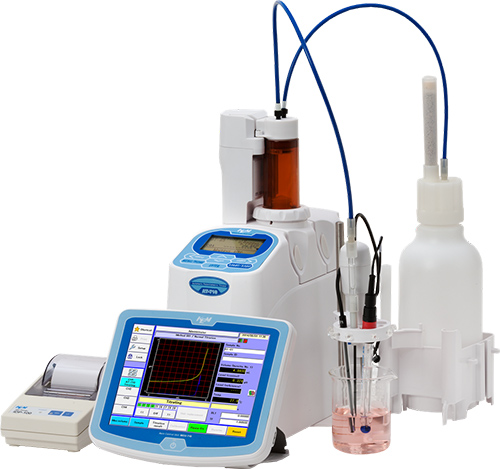
Karl-Fischer Titrator
Karl Fischer titration is the specific standard method for the determination of water content and gives accurate and precise results within minutes.
| Reaction | H2O + I2 + SO2 + CH3OH + 3RN -> [RNH]SO4CH3 + 2[RNH]I |
| Method | volumetrically coulometrically |
| Advantage | Highly accurate and precise (Part Per Million Accuracy). Can determine the moisture content of a sample in any state, whether it is a solid, liquid, or gas. |
| Disadvantage | the water has to be accessible and easily brought into methanol solution. |
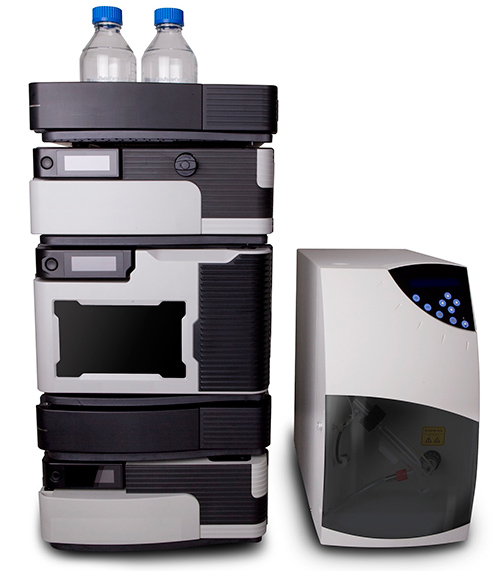
Liquid Chromatography
Chromatography is used to separate proteins, nucleic acids, or small molecules in complex mixtures.
| Types | Method | Sensitivity |
| UV Detector | The most commonly used detector. Its response is specific to a particular compound or class of compounds depending on the presence of light absorbing functional groups of eluting molecules. Some compounds which do not have such light absorbing groups can give suitable response after post column derivatization to introduce light absorbing entities. | high |
| Fluorescence Detector |
Fluorescence detection offers greater sensitivity than a UV-VIS detector. However, the number of naturally fluorescent compounds is smaller in comparison to light absorbing compounds. This limitation is overcome by post column derivatization. | very high |
| RI Detector | The response is dependent on changes in refractive index of eluting compounds in the mobile phase. The mobile phase itself should have refractive index different from the sample. Gradient programming is not possible due to resulting changes in refractive index of mobile phase. The detector is less sensitive than UV-VIS detector. Temperature control is necessary as it has high temperature sensitivity. Typical applications are in Size Exclusion Chromatography. | low |
| PDA Detector | Incorporation of large number of diodes which serve as detector elements makes possible simultaneous monitoring of more than one absorbing component at different wavelengths. This provides benefit of time saving and cost reduction on expensive solvents. | high |
| MS Detector | Mass spectroscopy offers very high sensitivity and selectivity. Detection is based on fragmentation of molecules by electric fields and separation on basis of mass to charge ratios of fragmented molecules. LC –MS technique has opened up new application areas due to advantages of resolution and sensitivity. | very high |
